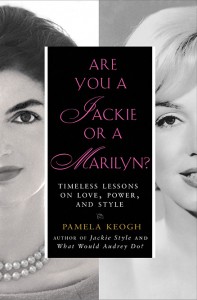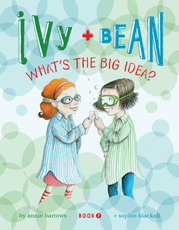Today, author Kari Lee Townsend sends in a guest post about her new series for tween readers, The Samantha Granger Experiment.
“Hello out there in blogger land. I am thrilled to be here today 🙂 My name is Kari Lee Townsend, and I am the author of a series for tweens called The Samantha Granger Experiment. My first book FUSED came out in November of 2010, and I am so excited about it.
FUSED is the story of eighth-grader Samantha Granger who is obsessed with all aspects of technology, but especially her cell phone. But when she touches a meteor while talking on her phone, her life is changed forever. She is now permanently fused to her cell phone, giving a whole new meaning to the words, “Talk to the hand!” as her body now has all the capabilities of her phone: GPS, phone, text, camera, etc. She secretly calls herself a Digital Diva as she rushes to answer emergency calls, but keeping her identity a secret is not easy as sparks fly (literally!) between her and Trevor, her dreamy crush. Samantha has to get a handle on her abilities and quick, because when Sam gets kidnapped and the entire town is in danger, she is the only one who can save them.
I wrote this book because we live in an age where society is obsessed with technology. It changes so quickly, it’s hard to keep up. In fact, my children know a lot more about technology than I do, so trust me…I confer with them a lot;) I have three boys and one girl, ranging from pre-teen to full blown teenagers, who constantly carry around and play with their gadgets, especially their cell phones, generally driving me crazy 🙂 So one day I jokingly said, “If you guys don’t watch out, you’re going to turn into one of those machines!” Then I stopped, sucked in a breath, and thought…OMG what a great idea for a book, and voila, Samantha Granger was born! Now I tell them, play away so I can study you, all in the name of research, you know. Ha ha…I do believe I am the one who is driving them nuts now!
This series is a lot of fun to write with a topic I think kids of many ages can relate to and enjoy. In Book two, FEARLESS, Samantha Granger has finally come to terms with being different. The only way to keep her situation under control is to stay far away from Trevor Hamilton or risk bringing Digital Diva out of retirement. She gets her wish when the government gets involved. They’ve discovered Sam’s identity and threaten to expose her if she doesn’t cooperate. She’s whisked off to Washington, D.C. to a special school for gifted students called IPR (Institute of Phenomenal Research), where she discovers she’s not alone. Only, when a mole threatens their very existence, it’s up to Sam and her fellow Phenoteens to save themselves.
Thanks so much for having me, and I hope you all enjoy FUSED as much as I enjoyed writing it. There are discussion questions that accompany the book on my website http://www.karileetownsend.com as well as some other fun stuff. And feel free to write to me. I love to hear from my readers. Happy reading and don’t forget to embrace your inner Diva :-)”
Thanks for visiting Kari. Readers can also check out my Mother Daughter Book Club.com review of FUSED.








